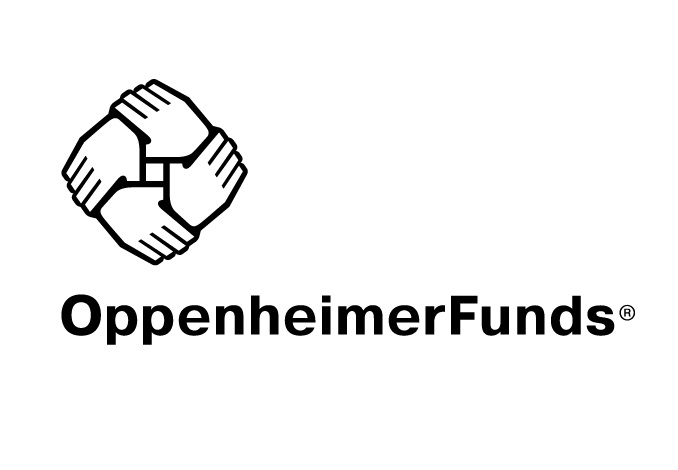Some companies use generative AI to write code and some use it to create marketing text or fuel chatbots. And then there are others like SmileDirectClub, that create images in order to answer the question of how to better serve their customers.
SmileDirectClub, the UK-based teledentistry company, uses generative AI to create teeth. Or, more specifically, to help people understand how their teeth can be corrected.
“We have a platform called the SmileMaker platform,” says CIO Justin Skinner. “We take a photo of your teeth with your phone and we generate a 3D model representation and we can project with AI what a straightening plan would look like, how long it would take, and what it would look like when we’re done.”
Existing generative AI platforms like OpenAI’s ChatGPT, Google Bard, or Stable Diffusion aren’t trained on 3D images of teeth. Not that any of these were even available when SmileDirectClub started.
SmileDirectClub built their own generative AI, using their own data set, on their own servers, in compliance with HIPAA, GDPR, and other regulations.


